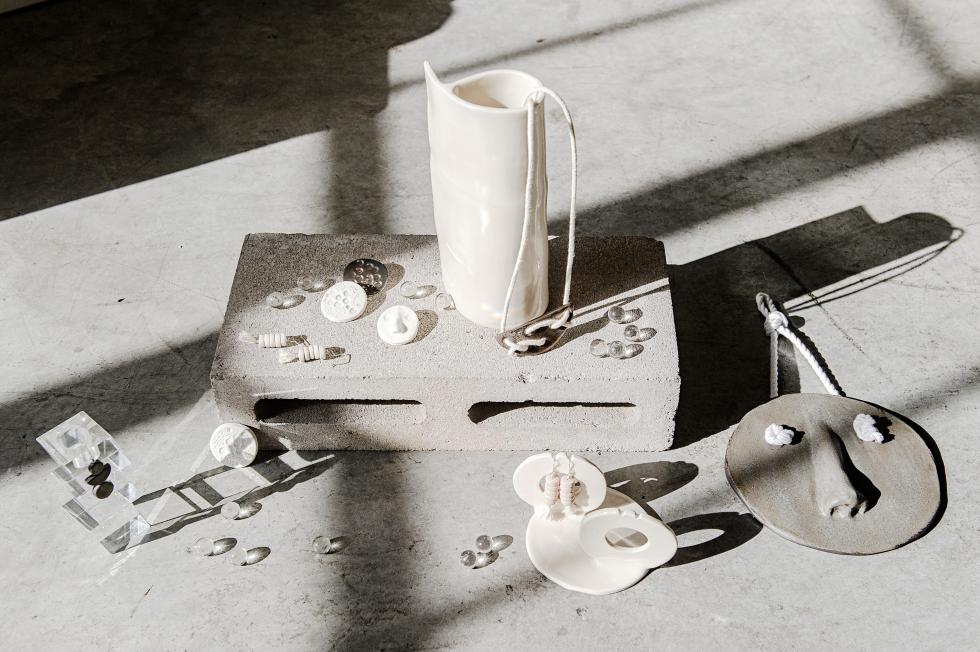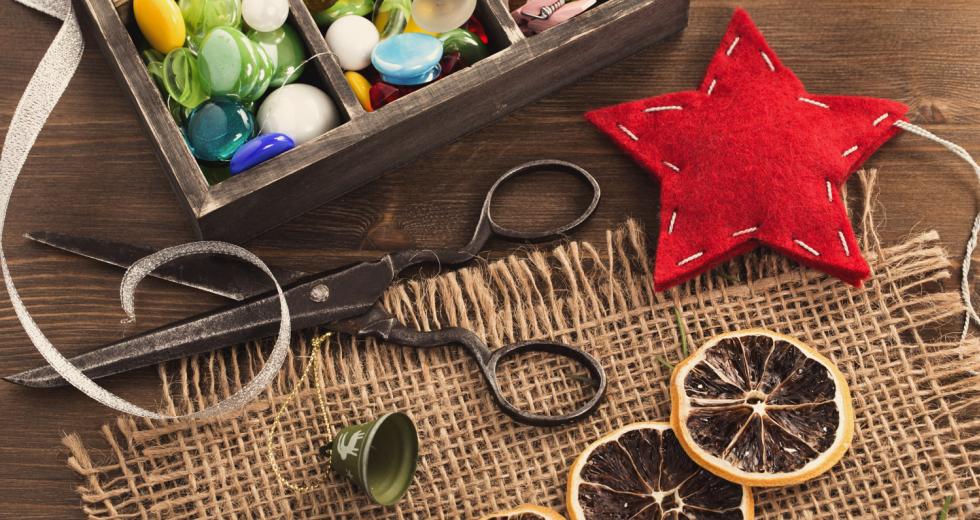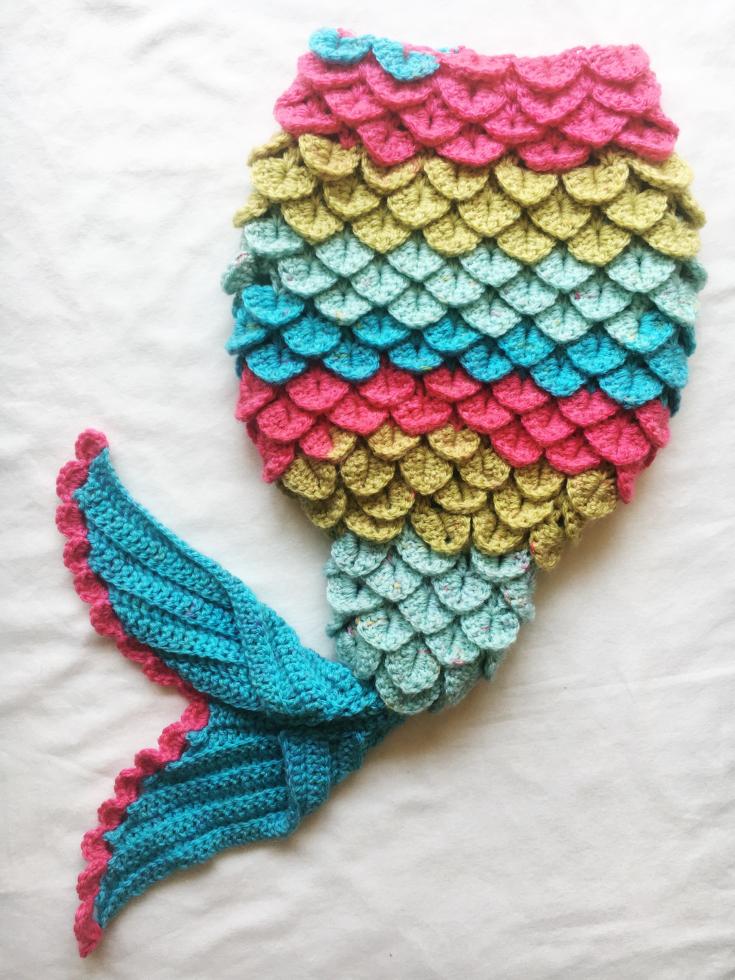Katie Reich, a geologist by day, began selling crocheted items on Etsy as a side business in early 2017, after she made a pair of infant-sized hiking boots for a friend’s baby shower. “Everyone loved them, and they were unique,” she says, “and I’d been talking about starting a shop for years.”
She soon found what she thought was an untapped corner of the online craft market — handmade baby booties.
Reich, who lives in Rancho Cordova, is part of an ever-growing number of crafty entrepreneurs — mostly young women — who have turned to online shops such as Etsy and Facebook Marketplace to sell their handcrafted goods, and use daily Instagram posts to drum up business, often turning homespun skills taught to them by mothers and grandmothers into cash.
A skillset once relegated to ladies’ sewing circles and knitted sweaters during the holidays, the art of selling handcrafted goods has seen a resurgence in the age of the internet. What was once merely a hobby can quickly evolve into a bustling business, but selling handcrafted goods does not always translate to a quick buck — Reich has only sold four items since April, two sets of baby boots and two baby mermaid tails, for a profit of about $150.
There’s a pervasive myth that selling crafts is an easy way to make money, but even savvy entrepreneurs have to play the odds of a mercurial marketplace: In 2013, the last time the site made numbers publicly available, Etsy reported only about a third of sellers last more than three years. Those that do (Etsy’s “powersellers,” as they’re known) only made an average of about $13,000 a year directly from sales. In that same year, the site transacted more than $147.5 million worth of business. That’s quite a lot, considering the average price for an item on Etsy is just $21.
Samantha Pantaleo, a young businesswoman in Orangevale, has had an Etsy shop for custom and embroidered pet beds and toys since 2014, and is one of the rarer success stories — SammysSewShop has nearly 1,000 sales on the site. “Etsy is a daily thing,” Pantaleo says, “but it’s really about finding your audience.” She recently hired a second seamstress to help with the workload over the holidays and her fiance’s mother acts as shop manager.
“We’re very careful about what we invest in and how we forecast what we need,” Pantaleo says. “We literally started with a couple of $100 Walmart sewing machines, and everything was hand-stuffed. So as we had more success, we identified what investments we needed to make.” As sales grew, Pantaleo was able to invest in better machines and materials. “It’s been very, very fun, but it’s also been a roller coaster, trying to figure things out, like timelines and processes,” she says. Like Reich, Pantaleo has also kept her full-time job regional manager for Bose Corporation, despite the shop’s successes.
Samantha Pantaleo, of Orangevale, sells custom and embroidered
pet beds on Etsy.

Not all crafters rely solely on online marketplaces like Etsy. Some sell their goods at traditional, brick and mortar shops too. DISPLAY: California in Oak Park, and its sister store DAMAS, sells locally-made items by several, rotating artists. Whitney Kebschull, a jewelry maker who lives in Midtown, currently has her work for sale at both shops, and at other retail locations in town that make it a priority to sell locally-crafted work, like The Mill coffee shop.
“It’s a huge struggle,” Kebschull says of her early days, “for an artist to decipher if you really want to make and mass produce something.” The definition between hobby and business “can get tough,” she says. Her company, Witt & Lore (which also has an Etsy presence and and a separate store website) makes “jewelry and things that trigger your temperament.”
Kebschull says even though she sells online and in stores, she finds that retail stores have been better for profits, though that’s partially because she admits she hasn’t put a lot of effort into focusing on online sales, preferring instead to sell at traditional stores. “You have to pick and choose what to focus on,” she says, “and it can be a lot on top of trying to actually make stuff.” However, she is putting a renewed effort into a revamp of her website, and just had a professional photoshoot done of her work.
(Photo courtesy Whittney Kebschull)

Kebschull, Pantaleo and Reich all agree that investment in a good camera or photographs is key to a successful craft shop — photography can make or break a seller. “Pay attention to detail and the way something is shot,” Kebschull says. “Photos can really really detract someone from buying a piece.” A presence on social media, especially daily posts on Instagram, is also a must if you want to grow your online business.
But the best advice, she says, is to know where and to whom your product will sell. “My market is a an older, hip woman,” Kebschull says, which is why her price point is higher than most. “Test out the waters and understand your market; don’t say no to events and opportunities, because they will open doors.”
Selling at local craft fairs is also a must. Kebschull is planning on having a booth at several fairs this holiday season, including the Beatnik Studios Craft Fair, the Maker’s Mart on R Street and the Sacramento Natural Foods Co-Op. Booths can often cost anywhere from $40-$100, depending on the size of the fair, but are a great opportunity to attract new customers, she says.
Reich says even though her shop is new and starting out slow, she’s looking forward to adding more items in the near future. Few customers truly understand the amount of labor and love put into each piece, but Reich is hopeful she can expand her business, and wants to start offering scarves, hats and upcycled homegoods such as coasters.
“It’s fun to make a bit of extra money,” she says. “But I don’t think I’d ever consider it a real job.”




